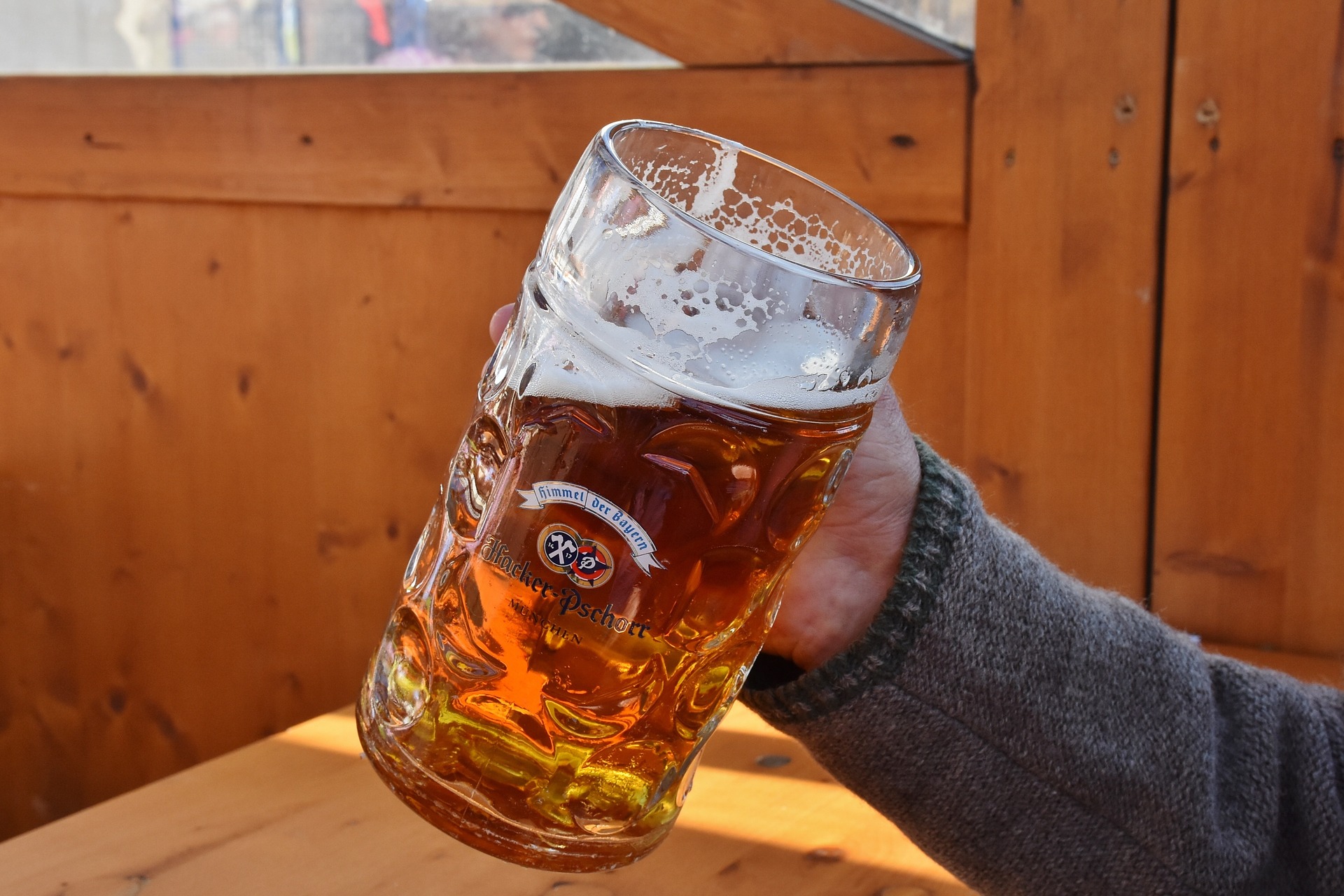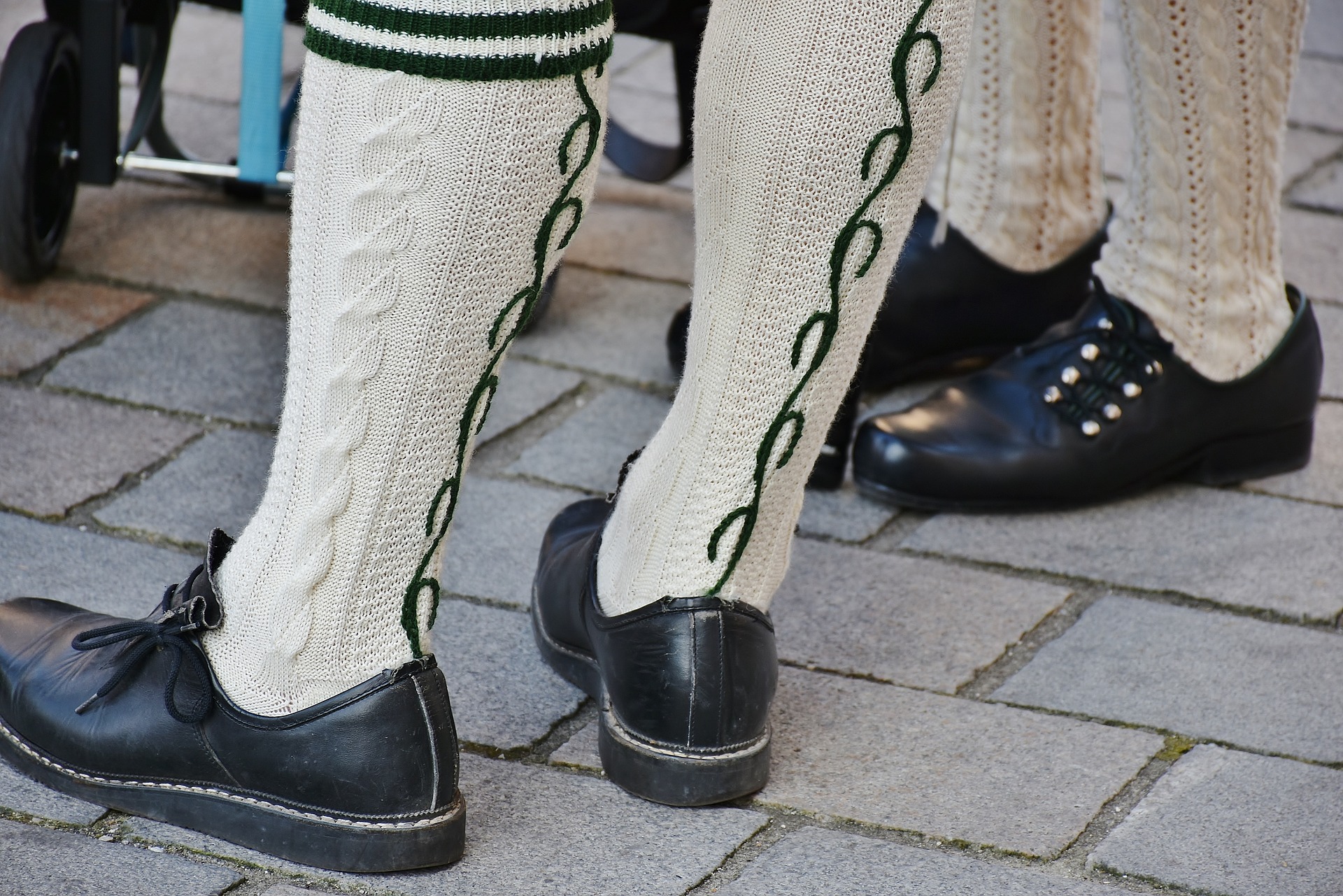10 Things You Didn’t Know About Oktoberfest

Contiki Australia - www.contiki.com
Cam Hassard is an international penman, sax-wielder and rogue wayfarer…
The one, the only, Oktoberfest is ramping up in Munich again this week, as six million locals and tourists converge for the jolly 16-day bacchanal. Cue seven million litres of Bavarian brew, 100,000 litres of wine, 600,000 chickens, 200,000 pairs of pork sausage and 70,000 units of pork knuckle!
At Oktoberfest, time-tested tradition and custom meets togetherness and joy: a wild two-week run of good old-fashioned fun, music, dance and play, and one of the most popular annual royal marriage celebrations the planet has ever seen. Here are 10 little-known facts about Oktoberfest.
[listicle]Septemberfest?

This year’s Oktoberfest kicked off on September 17, and runs until October 3. That’s a fair chunk of the wrong month, so why aren’t we celebrating Septemberfest?
The reason, simply put, is that Oktoberfest harks back to October 12, 1810, when the good people of Munich were invited to join in on the festivities for the wedding between King Ludwig I and Princess Therese of Saxe-Hildburghausen. 40,000 locals took part, enjoying a great horse race on nearby field. Embraced by the townsfolk, the event became a yearly deal, with food halls and an agricultural show soon added to the growing list of mid-October festivities. Because it was such a cracking affair, another week or so was tacked on and, given that the weather is always better in September (snow often falls in a Bavarian October) the whole event was pulled forward.
Märzenbier

It wasn’t until the end of the 19th century that Oktoberfest, also known by its Bavarian nickname, the ‘Wiesn’ (after its meadow location, the ‘Theresienwiese’) had transformed into a righteously carnival-esque scene. Yes, there was beer, but the event appealed just as much for its side attractions. Keep in mind, one of the biggest reasons the frothy beverage was always so important to the Germans was that, back in the day, water quality was fairly dodgy, and frankly, with germs killed off in the brewing process, beer was a lot safer to drink (safety best enjoyed in moderation).
Indeed, the Bavarian brewing process elevated beer purity to a fine art, a tradition well and truly honoured each year at the Wiesn. Oktoberfest standard brew is a unique lager, or ‘Märzenbier’, brewed by six Munich breweries especially for the festival. Traditionally, Oktoberfest bier was brewed in March when the heat and destructive bacteria of summer wouldn’t interfere with the brewing process.
The tents

Each brewery also erects an official tent (ranging from 7,000 – 10,000 capacity) where only their unique brew is served. These exclusive tents are where most of the action happens, bustling with conviviality, as Germans and folks from all over the world get together to enjoy a great time. There are 14 ‘big’ tents, and around 21 smaller ones, and as you can imagine, they all get VERY busy – if you don’t have a reservation for a seat, you need to line up before breakfast to claim a spot. Each tent is dolled up in their own impressive way, with their own vibe and set of traditions. Expect magical motifs, stunning internal decorations, and ‘oom pah pah’ music en masse.
That’s not a stein

On the first morning of the fest, the Tent Owners and Breweries Parade filters through the streets of Munich in a flurry of garlanded wagons, bier maids, brass bands and carnies. At noon in the Schottenhammel Tent, the major of Bavaria taps the first keg and proclaims “O’zapft is!” (it is tapped!). At 10am the next morning, the Costume and Riflemen’s Parade sees a five-mile procession of more than 7,000 costumed dancers, animals, marching bands and floats.
For the following two weeks, Oktoberfesters fill out the tents, planting themselves on enormous wooden tables and trestles, to enjoy abundant local fare. Giant pretzels, bratwurst, and weissewurst are amongst the favourites, with beer served in litre glass Maß mugs, or ‘Masskrugs’ (not steins, despite popular contention – a stein, from Steinzeugkrug, meaning ‘stoneware jug’, is another traditional unit, though typically comes in a half litre).
Due to the alluring souvenir appeal of these receptacles, the tents hire hoards of security guards to prevent Maß theft—over 230,000 mugs were recovered in 2013 before patrons could run off with them.
Maß record

They’re pretty hefty too – especially when full – though try telling that to Bavarian waitress, Anita Schwartz, who destroyed the world record in 2008 for most beer steins carried at one time, balancing 19 full bier maßkrugs (and walking 40 metres without spilling a drop). Last week, local lad Matthias Völkl trumped Schwartz’s efforts by hauling an insane 29 full litre mugs weighing almost 70 kilos.
The get-up

Traditional Bavarian fashion is also a central part of the Oktoberfest experience, with men donning leather knee-length shorts called Lederhosen, and the women sporting the Dirndl, a fusion of bodice, blouse, full skirt and apron. Dating back to the 1600s, these outfits (known as ‘Tracht’) signified different classes of people in Bavarian society. Though the dress code fell away during the 1800s, the traditional garb was revived in order to uphold a sense of regional custom. Always thrown on for big occasions, Oktoberfest is the biggest yearly excuse of all.
Nasty fact

When the festival’s all done, steer clear of those lederhosen: they are never washed. Allegedly, the dirtier they are, the better, as it keeps the leather soft and supple (!). Though not the cheapest shorts around, we suggest you reconsider that second-hand purchase and buy new.
The Devil’s Wheel

As a spectacle for young and old, families and children, Oktoberfest is all about the side show attractions and games. There are roller coasters, flume rides and a 164-foot-tall ferris wheel called the ‘Risenrad’. Another of the most cherished is the ‘Teufelsrad’, or Devil’s Wheel, a staple of the fest since 1910. This involves a large, accelerating spinning wheel, which you (i.e. the devil) attempt to grip, in vain, as a hefty Bavarian yells insults and throws ropes and balls at you. If you happen to stay on, you win. Quality Southern German entertainment.
Germans love it

What’s most interesting is just how much the locals love it too – the overwhelming majority of visitors are from Bavaria (around 70 per cent), or other parts of Germany (15 per cent). Ultimately, and especially for Bavarians, the event is a chance to get together and celebrate shared pride towards their idiosyncratic, and world-famous, regional culture and customs.
International legacy

For those who’ve never been, Oktoberfest might appear a little kitsch or daggy, but those who have know that for these two or so weeks each year, Munich becomes the happiest and most jolly place on earth. It’s no wonder then that the whole world tries to get in on the action with their own Oktoberfest offshoots. With many attracting between 300,000 and 750,000 patrons, you’ll find some of the largest alternative events in places as far-flung as Kitchener-Waterloo, Canada; Blumenau, Brazil; Cincinnati, Ohio; Denver, Colorado; and Mount Angel, Oregon. Of course, for the full authentic deal, there’s no place like Munich. [/listicle]
Feel like Oktoberfest is calling your name in 2017? Contiki challenged SketchShe to travel across Europe, to see how far they can expand their comfort zone. See how they’re getting on and go in the running to win your very own Contiki trip. Click here for more info.
[media_embed]https://youtu.be/dmgkFkmjFqs[/media_embed]Cam Hassard is an international penman, sax-wielder and rogue wayfarer who writes for Junkee, Carryology, Huckberry, Caddie, Fairfax Media, Carryology, Intrepid, Peregrine Adventures and Europe Up Close. He’s eaten ant salad in Laos, hauled trucks from NYC to Vegas, and destroyed himself on the Camino de Santiago. Originally from Melbourne, he currently calls Berlin home.









